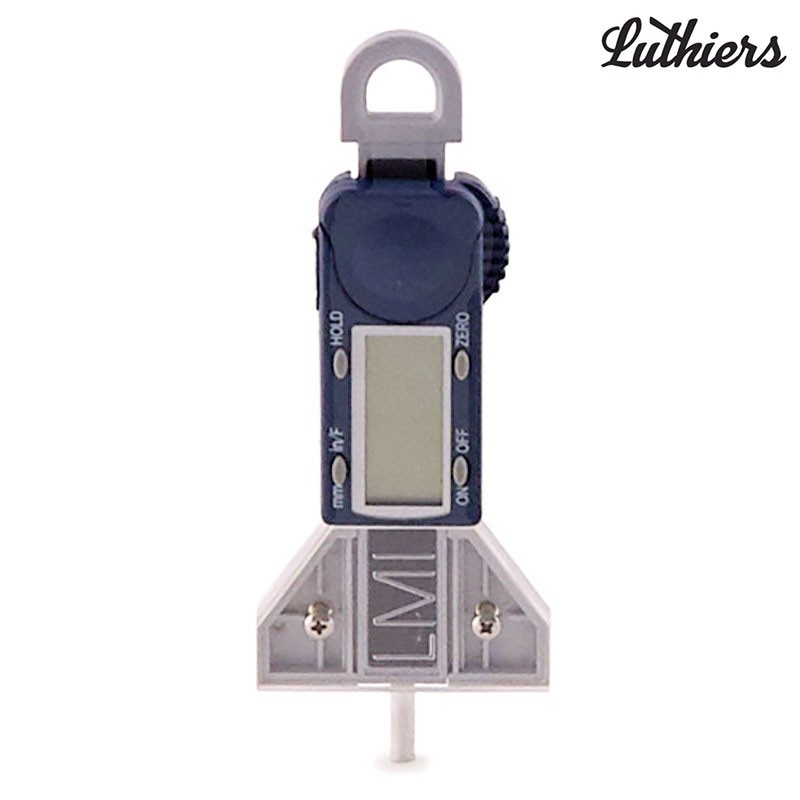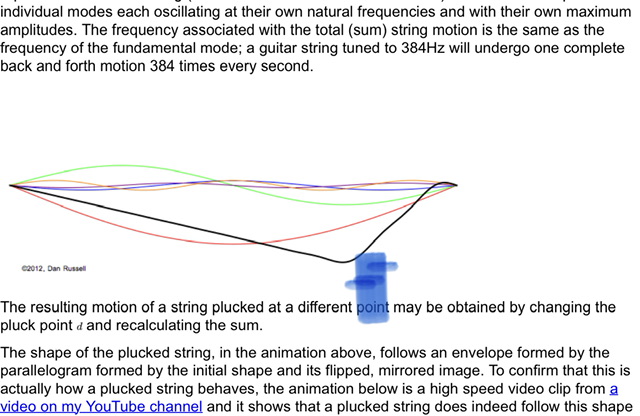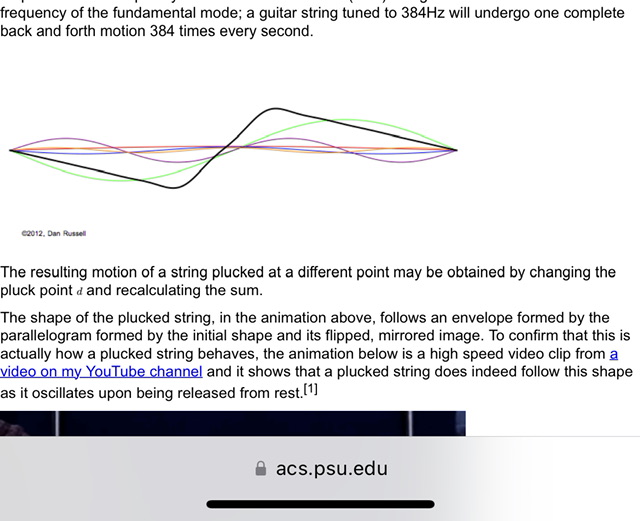|
Richard Jernigan -> RE: What's a good flameco guitar action? (Apr. 18 2023 17:16:01)
|
quote:
ORIGINAL: Ricardo
As a metal guy myself, I need 3.5-4mm in some cases, so the lead guitar melody stuff actually projects. Guitars with lower than action 3mm, you can’t play loud enough to project, although those are fun guitars for just rhythm playing, but very little dynamic headroom.
But the thing you need to understand is the balance with the NECK ANGLE, which is a major factor for flamenco style. Like on electric guitars when you try a different one and suddenly can’t find your sweet pinch harmonics with the right hand because of the position of the bridge, and need to adjust right hand articulation. Same deal on flamenco bridges with right hand techniques where it is preferred to set the bridge very low (7-8mm) for rhythm and feel of the right hand, but the neck is more forward so it is not too buzzy, or even fairly high as I described. Two of my favorite guitars are set at 7mm at bridge and 3.5+ 12th fret.
Last thing to worry about…most luthiers want you to take fret action measurements with capo ON FIRST FRET, because it drops the true action added by the nut down a hair.
Until I got "this guitar" I would have agreed with everything you say above.
The action at the 12th fret was measured with a capo at the first fret.
After playing "this guitar" for an hour, when I pick up the Abel Garcia spruce/Brazilian classical, the Garcia is actually a little louder. It has a much softer right hand feel, and a normal setup. As I adjust to the Garcia I lighten up on right hand force, and begin to get some tonal variety out of it. Going back to "this guitar" I have to use a much firmer right hand touch to get what I want from it.
If I pick up the Ramirez or Arcangel blanca after playing "this guitar" i tend to use too much force, over-driving the trebles. The Ramirez has Savarez "red card" strings on it, the Arcangel has "white cards." Both blancas have normal flamenco setups, and don't buzz very much, if at all.
When "this guitar" was first put together, the luthier decided the top was too thick. If it was as he described, it was indeed unusually thick. He thinned it down. He sanded the braces. He sent it to a colleague to be lacquered in nitrocellulose, the only one of his guitars I know of that is not French polished.
When it was finished but still at the luthier's shop, it had piercingly brilliant trebles. The luthier expressed doubts about the basses. We compared "this guitar" to the Ramirez and the Arcangel. The luthier said he thought "this guitar" was ready to go out into the world.
With time and playing the basses began to open up, as spruce guitars often do. After more than a year the instrument is now balanced. It has no noticeable dead spots on any string at any fret. The trebles are still brilliant, but it takes some force to get them to project, both free stroke and supported.
At the saddle, the strings are 9mm above the soundboard, but the action on the fingerboard is the lowest I have ever seen, much less played regularly.
I remain mystified why it doesn't buzz.
RNJ
|
|
|
|



